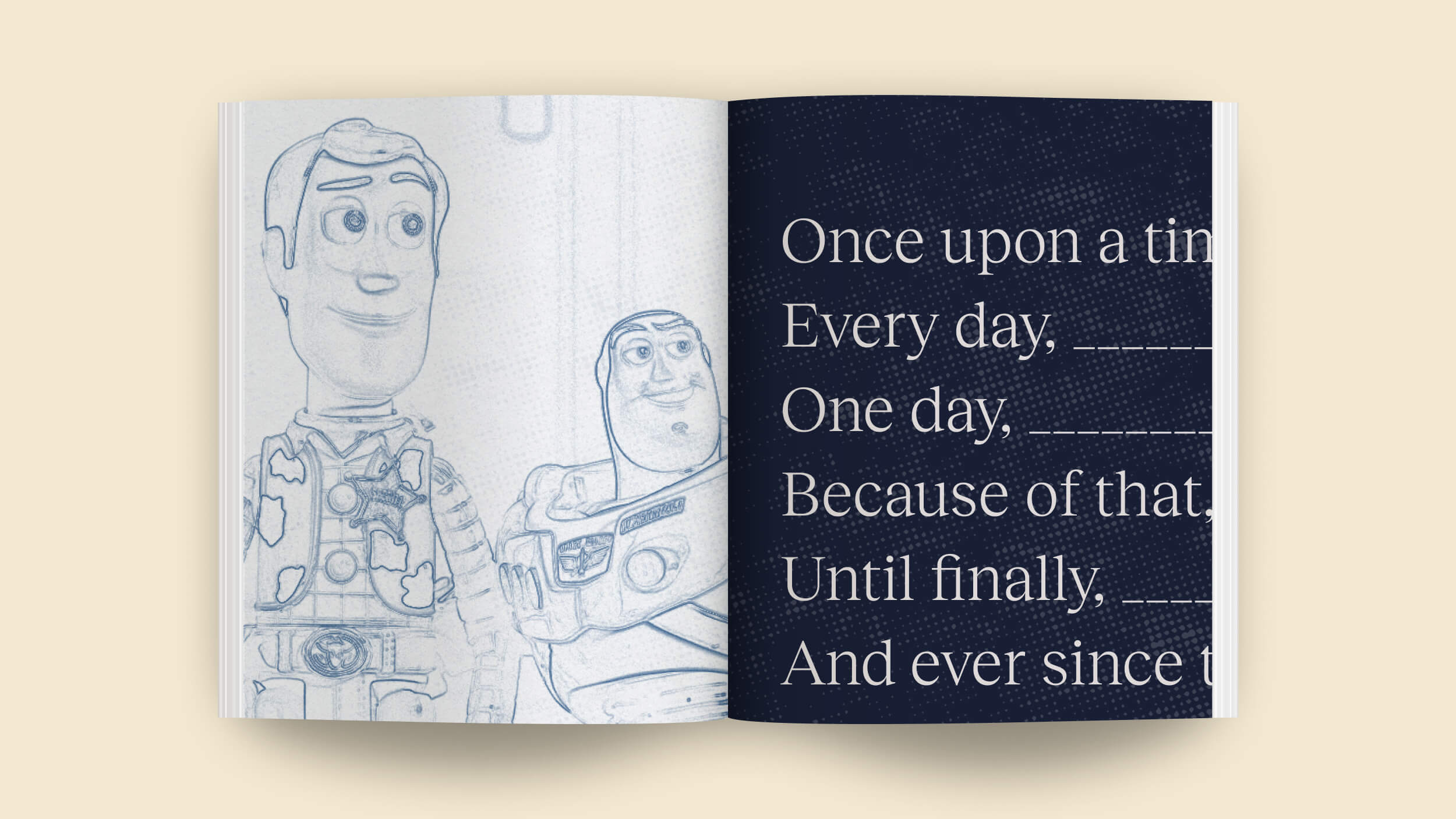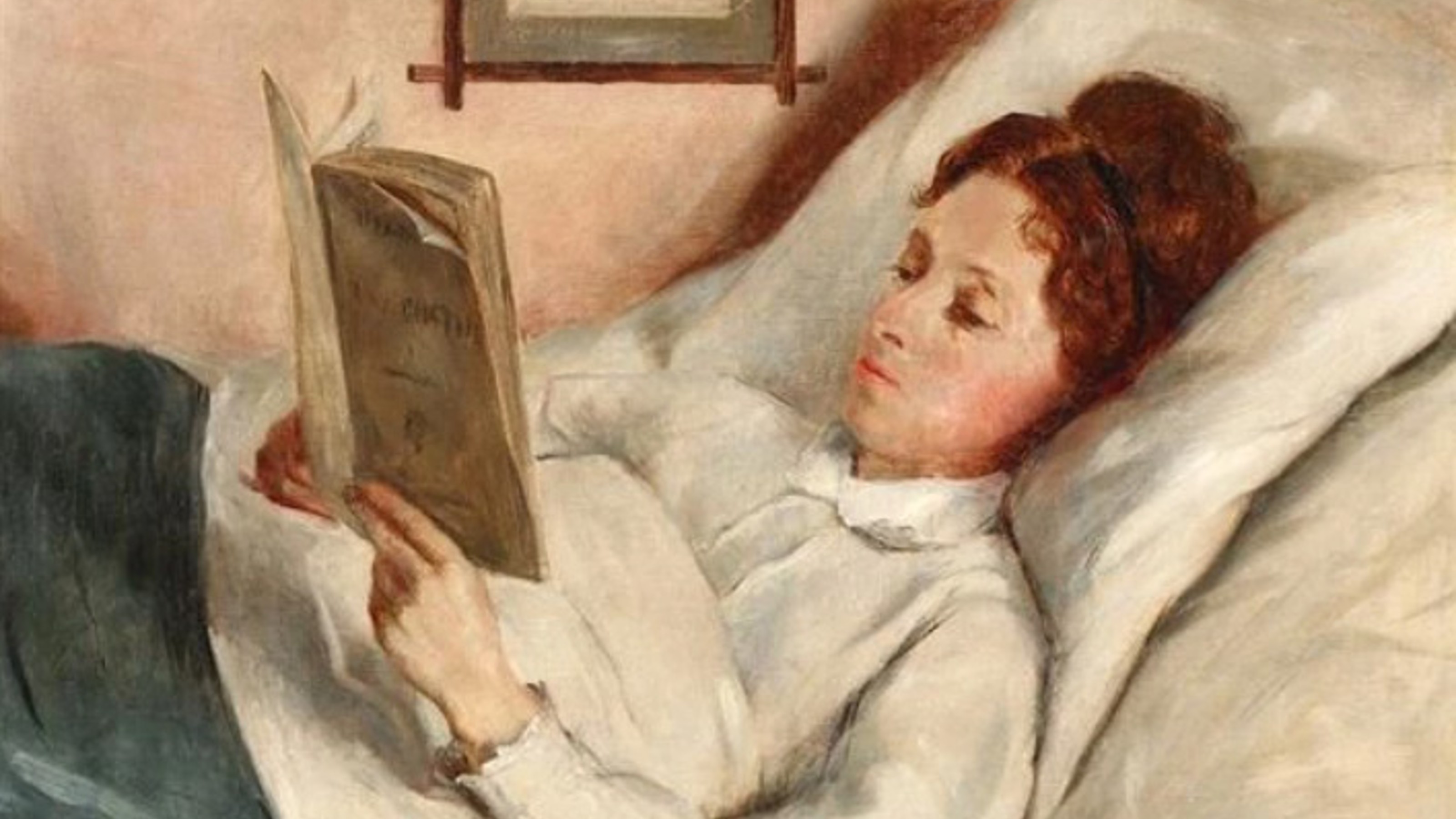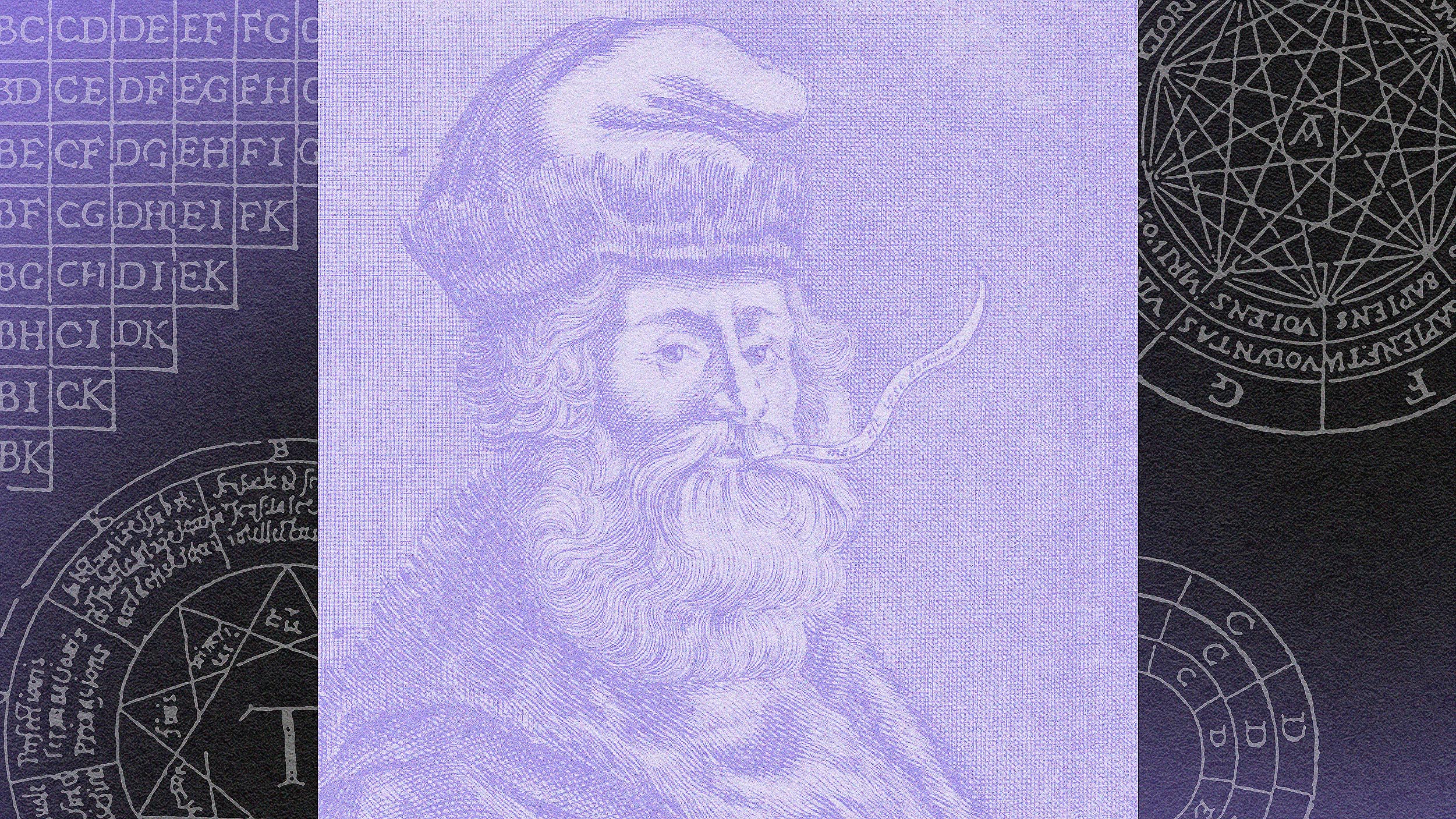The artist describes his route from representation to abstraction.
Question: Were you ever a representative painter?
Scully: Well I’m a representative painter. I am a representative of abstraction, just playing. Yeah, I was a representational painter when I was a young artist and I’m a trained figure drawer and that’s how I started out. One of the few people in America who worked, still work his way through figurative stuff into abstraction. I’ve done that journey.
Question: What was your first piece of art?
Scully: Well the first piece of art that I made was made with plaster of paris and it was made in the rubber mold. And I had the Virgin Mary, Mary Magdalene because I went to Catholic school and I am from an Irish milla and the other one now I had who is the same size as Mary Magdalene was a rabbit. And I used to make them and when they would come out of the mold without bubbles in them, perfect. Then I was extremely happy. I remember it was always very difficult to get them out of the mold. Of course my parents didn’t tell me about Vaseline and then I would paint them and then I would marry them. So, what I had married, the Virgin Mary with her rabbit boyfriend I would say that the artwork is complete.
Question: How has your work evolved?
Scully: I would say it like all artists that endure and developed and evolved, it should be the journey from the given to the… to be given. So, in other words when you start out you are giving information because nothing comes out of nothing. And my work has gone from being quite linear to very much a question of the body.
Question: How important is artistic training?
Scully: Well my artistic training was a paramount importance because when I’ve gone through my life and I faced moments of difficulty, how to continue, there’s no doubt in my mind that the options I have as an artist, as an artisan of an artist that’s an elevated form of artisanship come from my training because I have the ability to think my way through and work my way through.
Question: Do you always advise artistic training?
Scully: I think, I think right now it is especially important; you can do things in a moment of rebellion lets say. Like for example, the Sex Pistols, one couldn’t play the guitar and now added to the temporary lets say very temporary charm of the music which is in fact no escape it’s tone. It’s a perfect example what I’m talking about and the issue of craft knowledge and the philosophical understanding of why things are the way they are? Why they’re dumb the way they are when they are supposed to represent is a consequence of training you can only get it that way.
Question: What are your artistic influences?
Scully: Well, yeah there are… there a lot of painters and of course from generation moved from the working classes into rock and roll and blues, true blues, the appropriation of blues and folk music into rock and roll. So, all of these things have influenced me but to say it quick in terms of painting it goes through the history of Western Art reprehensibly which is very much a question of the development of a surface I would say and that includes Jimi, Bui, Raphael, Velasquez, Rivera, Monet and Manet and so on.
Question: What are your unexpected influences?
Scully: Well, yeah I have… I have 3 pieces of art in front of my building, in my lobby, my studio. One is an aboriginal painting by Dorothy Napangardi. She paints salt lines very dry work. I went nut when I saw over the aboriginal artist when I was in Australia and spent significantly more money than I should have and then there are some performance artist alike like Ana Mendieta and I love the work of Agnes Martin but I think people would probably imagine that I would. It’s a very different sensibility of course she’s a like… puritanical linear artist and I’m a sensual body artist but how surprising is that to the people I don’t know. I’m not sure. People are surprise when I tell them what my favorite book is. Which is Out of Africa by Karen Blixen, Isak Dinesen, people always seems to be surprise I don’t know why. My first favorite book was the Scarlet Pimpernel but that was the first book I had ever read when I was 16. I didn’t read a book till I was 16.






